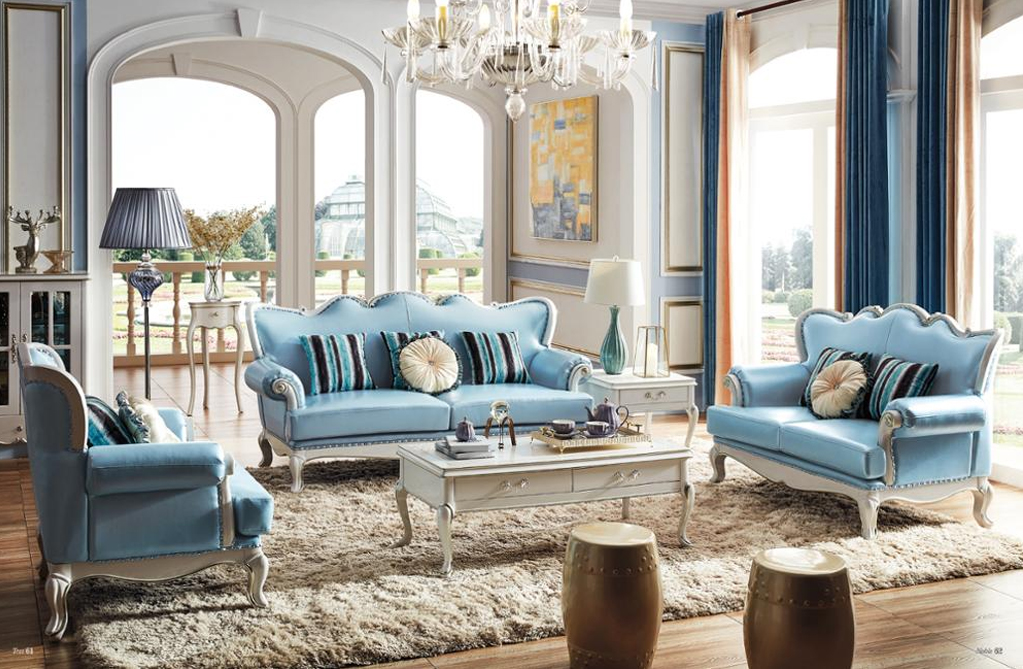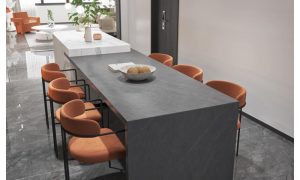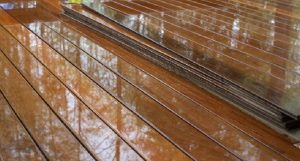What Materials Are Used in Luxury High-End Furniture?

Luxury high-end furniture isn’t just about sleek design or brand recognition—it’s about the materials that form its foundation. From rare woods and genuine leathers to artisanal metals and bespoke textiles, these materials are carefully selected for their durability, aesthetics, and tactile experience. Knowing what goes into the construction of premium furniture can help buyers make more informed, long-lasting investments for their interiors.
Core Materials That Define Luxury
1. Solid Hardwood
Solid wood is a hallmark of high-end furniture. Unlike particleboard or MDF (medium-density fiberboard), hardwoods like walnut, cherry, oak, mahogany, and maple are known for their strength, grain quality, and longevity. These woods are often hand-selected and kiln-dried to prevent warping or cracking over time.
- Walnut: Deep, rich color with a fine grain—ideal for modern and mid-century styles.
- Oak: Durable and textured—popular in both rustic and contemporary settings.
- Mahogany: Valued for its reddish tone and traditional elegance.
2. Premium Veneers
While solid wood is used structurally, high-end furniture may incorporate natural wood veneers for decorative purposes. Veneers allow for intricate inlays and book-matched grain patterns that create visual depth and uniqueness while preserving precious wood resources.
3. Natural Stone
Materials like marble, granite, and travertine are often featured in high-end tables, countertops, and sideboards. These stones are not only durable but offer one-of-a-kind color variations and veining that add luxury to any piece.
- Marble: Elegant and cool to the touch; used in classic and modern interiors.
- Travertine: Earthy tones and a soft finish that works well in minimalist or rustic designs.
Upholstery Materials in Luxury Furniture
4. Full-Grain Leather
Unlike bonded or faux leather, full-grain leather retains the natural texture and imperfections of the hide. It’s the most durable and visually rich type of leather, aging beautifully over time.
- Top-grain leather is also high-quality but slightly buffed to remove imperfections.
5. High-End Fabrics
Luxury furniture often uses natural fabrics like linen, silk, cotton blends, and velvet, known for their texture, breathability, and elegant finish. These fabrics are often sourced from premium textile mills and may feature handwoven or embroidered elements.
- Linen: Light and breathable, perfect for relaxed, airy interiors.
- Velvet: Soft and rich in tone, ideal for adding depth and opulence.
Metallic and Glass Elements
6. Brass, Stainless Steel, and Bronze
These metals are not only used structurally but also decoratively in luxury pieces. Polished or brushed finishes add contrast and modernity to wood and upholstery.
- Brass: Adds warmth and vintage charm.
- Stainless steel: Clean, contemporary aesthetic with high corrosion resistance.
7. Tempered Glass and Crystal
In luxury furniture, glass is often tempered for durability and scratch resistance. It’s used in cabinet doors, dining tables, and decorative shelving to offer transparency and lightness.
Design houses like meubles haut de gamme Avant Scene often combine these materials with precision craftsmanship to create pieces that are not only beautiful but structurally superior. Their collections demonstrate how thoughtful material selection elevates furniture from functional to collectible.
Sustainable and Innovative Materials
8. Reclaimed Wood and Eco-Friendly Textiles
Luxury brands are also exploring sustainable alternatives such as reclaimed wood, organic cotton, and plant-based leathers. These materials offer the same quality and aesthetic value while reducing environmental impact.
9. Composite and Engineered Materials
Innovative use of carbon composites, resins, or multi-layer wood panels allows for sculptural forms and modern designs not possible with traditional materials alone.
Conclusion
The essence of high-end furniture lies in its materials—each chosen for its durability, character, and craftsmanship potential. Whether it’s the richness of walnut, the elegance of marble, or the warmth of leather, these elements work together to create pieces that are as enduring as they are beautiful. When considering luxury furniture, understanding what it’s made of is just as important as how it looks. After all, true luxury is built to last.






